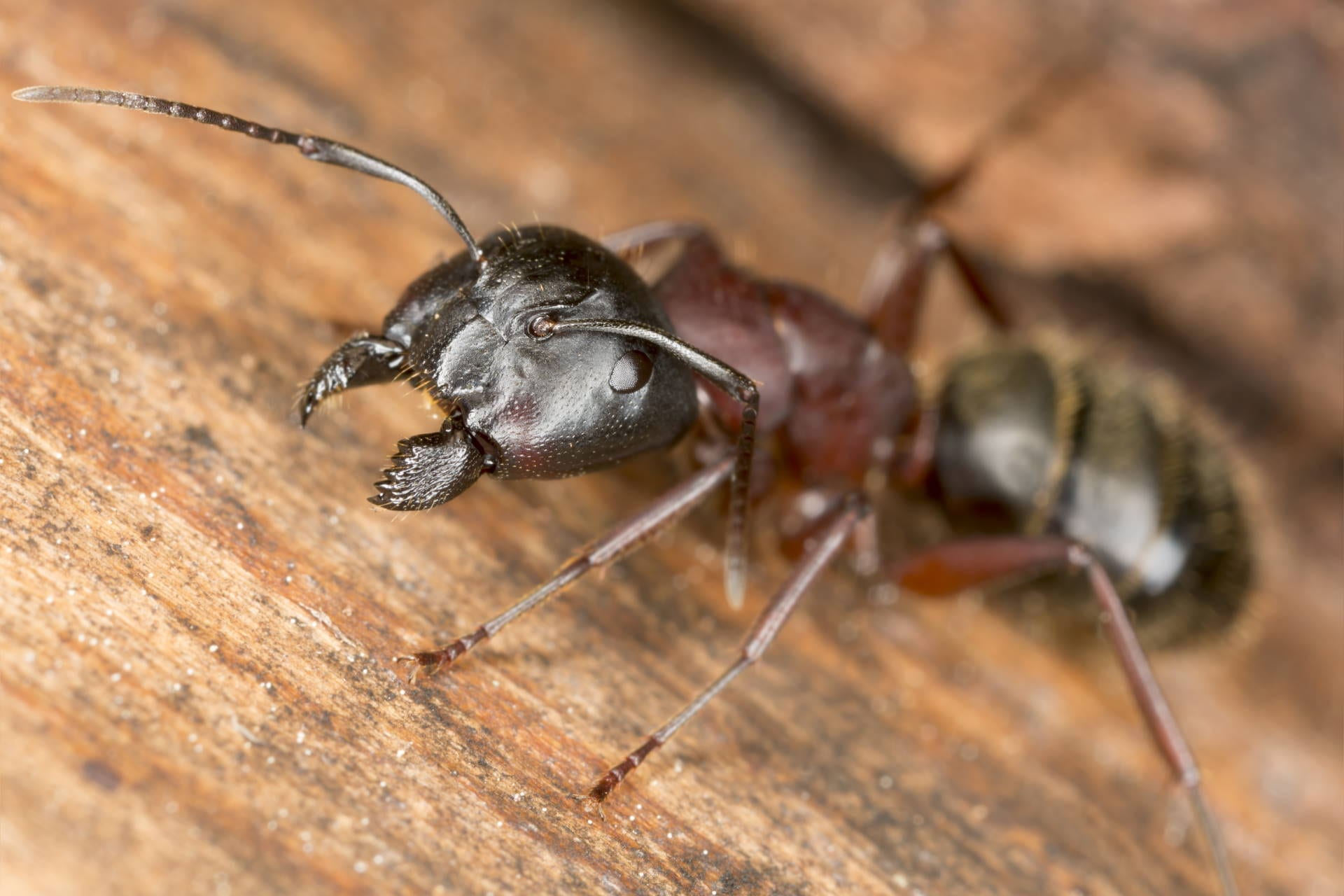Table Of Content

Furthermore, you can experiment with different arrangements, combining different herbs and companion plants to create a visually appealing and functional garden space. With a touch of creativity and some green thumbs, you can transform your herb garden into a living work of art. Another benefit of square foot gardening is the concept of companion planting. By strategically placing herbs that complement each other, you can create a harmonious garden that not only looks great but also supports the overall health of your plants.

How do you start a herb garden for beginners?
It's important to keep the compost moist and you will need to water them every day in hot weather. But make sure the soil does not become waterlogged, so remember to add slits to the plastic liner so excess water can drain out. That way, your hanging herbs will be happy with their growing space. Or, perhaps you're in the midst of planning one of these on-trend features for your backyard.
Seed bombs: the old-school gardening method reviving native plants
You might need to arrange all of your plants on a single level, even if it doesn’t look amazing. Some leftover lotion bottles and pastel paints are pretty much all you'll need to make these sweet little planters for your herb garden. Herbs like mint and chives die down in winter, so need cutting to the ground in late autumn.
Grow Aromatic Plants Indoors
Embrace minimal style with a hanging herb garden encased in a simple wood frame. You can place this stylish planter in a window or mount it to your wall. Mediterranean herbsMany perennial herbs, such as rosemary, sage, thyme and oregano hail from the Mediterranean, where they thrive in sun and poor soil. They therefore need plenty of sunshine and light, well-drained soil. If you're gardening on heavy clay, you will need to add plenty of organic matter and horticultural grit to loosen it up.
How to Plant and Grow Sage - Better Homes & Gardens
How to Plant and Grow Sage.
Posted: Fri, 28 Apr 2023 07:00:00 GMT [source]
Wood Frame Herb Garden
Then, drill through the the remaining thickness of wood with the 1/2-in. At the drill press, use a sacrificial piece of wood under your pot supports (E) to avoid tearing out on the underside of the wood and prevent damaging the bed of your drill press. Secure the wood with clamps to prevent the wood from being pulled out of alignment. Herbs need average or better soil and good drainage, but they are generally not as demanding as vegetables and flowers. With kitchen herbs, it’s better to make use of a convenient location than to move away from the house in search of better soil. You'll use a bit of cedar fencing and painted terracotta pots to create this unique vertical garden.
Some herbs, like mint and chives, can be invasive and take over a garden if not contained, making them suitable for container gardening. If you have limited space, growing herbs in containers is a great option. Containers are available in a variety of sizes and can be placed on a balcony, patio, or windowsill. This is also a great way to grow herbs indoors, especially during the colder months. When choosing containers, make sure they have drainage holes to ensure proper soil drainage. It’s also important to consider the space requirements of herbs, as some herbs spread and grow quite large.
Wall Planter Herb Garden
From the soothing scent of lavender to the invigorating aroma of rosemary, these herbs offer a range of fragrances to suit every taste. Working out how to design a garden can be tricky – after all, getting your garden design right, no matter what size yard space you have, requires a great deal of thought and care. Whether you want a simple tweak to include raised beds, or if you want to know how to design your garden yourself on a budget, we can help you succeed in your garden planning project. If you like using these herbs, you could put them in larger planters to give them more room to grow. Then you could use smaller planters for your chives, thyme, or mint. Since herbs don’t need to develop deep root systems, you can create a flourishing vertical garden.
Label your herbs with DIY signs
For example, fennel is problematic in many coastal regions of the country, but cutting off flower clusters before seeds ripen helps keep it contained. Getting started on your garden design early on in the year is crucial if you want it ready for landscaping, planting out and enjoying the warmer months in. Depending on your climate, ideally, you'll want to avoid working in the rainy season also. 'January, February and even March are the perfect times to sit down with a cuppa, a blank piece of paper or your laptop and get your thinking cap on.
There’s a mechanic happening in the background where your townsfolk can get sick — all you might see about this is a quick notification. This is probably going to become more obvious and visible as the game continues through its early access. Once you do start upgrading burgage plots, though, the families on that plot will expect two kinds of food to be available from then on. And if your town can’t supply that, they’ll start to get unhappy, which lowers your approval and slows down your town’s growth as well as makes your militias lose morale.
Again, the taller herbs are placed in the middle of the pot, or to the back if the planting pot is up against a wall. The ground covering plants like thyme can drape over the edge of the pot to increase space for other herbs as well. When planting, take a look at each plant's height and plant tallest at the back descending to shortest in the front.
Well, whether you're going for a simple setup with just the essentials, or a sleek layout with all the latest mod cons, potted herbs make a welcome addition. Picked fresh, they're a great way to elevate your grilled goodies. Once you get your herb garden up and running you will end up with a collection that will last for years. Container-grown herbs can be designed to accommodate nearly any setting or need and are a great alternative to gardening in small areas. They can also be arranged into attractive groupings and changed around or moved as needed. The best design is one that works for you and meets all your expectations.
When considering raised beds for your herb garden design, it's important to assess your space and the specific needs of your herbs. Take into account factors such as sunlight, water accessibility, the height of your raised beds to ensure optimal growing conditions. Improving soil drainage by adding organic matter or compost can help prevent root disease. This is crucial for the healthy growth of herb plants and should be considered when starting an herb garden.
Check which herbs are happy being planted in the same garden planter. A mix of thyme, rosemary, parsley, sage, chives, and basil will work well. What's more, a plant theatre is a great way of showing off your herb collection, as well as any other collections of plants such as succulents or spring bulbs. Raising your plants on shelves lets you stage them and add some drama so it's one of our favorite herb garden ideas. You can also appreciate their charms better, as they will be at eye level. If you can't find the exact cultivars listed above, substitute with others with similar colors, shapes, and sizes.
From simple gardening tips to comprehensive guides on organic farming, I aim to be your go-to resource for everything green and growing. Culinary herbs such as oregano, basil, cilantro, and parsley provide fresh flavors to dishes, while medicinal herbs such as chamomile, calendula, and echinacea have healing properties. It is also important to consider the needs of pollinators and include flowers that attract bees and butterflies in the herb garden. A more formal herb garden made up of raised beds uses straight lines and patterns for symmetry.
Consider creating a dedicated herb bed or using containers for a versatile approach. Opting for raised beds can also prevent herbs from spreading vigorously. Additionally, incorporating pathways or stepping stones adds aesthetic appeal while ensuring easy access for maintenance. Before starting your herb garden, it’s also recommended to learn about the different herb plant families and their unique needs. Creating a specific growing space for herbs, such as a raised garden or container, can help replicate the environment in which they originated.
In this double-barrel herb garden design, however, an additional irrigation system with drip tubing bumps the difficulty up a notch. The extra work pays off, as you get a hands-free watering system set up to manage herbs in any environment. When it comes to soil, most herbs simply require well-draining soil, but minor improvements like adding compost can improve drainage and prevent root disease. By improving the soil drainage, you can ensure healthy and thriving herb plants.












